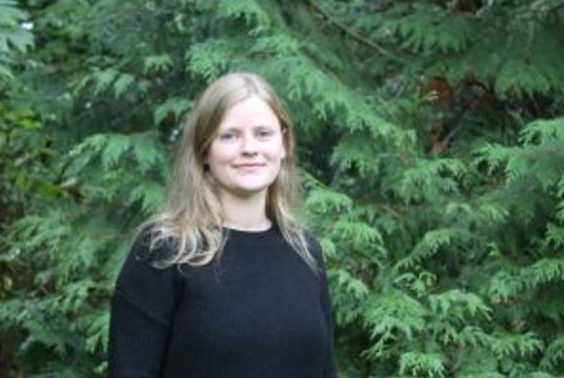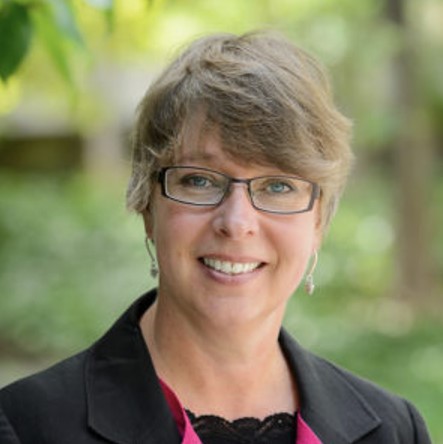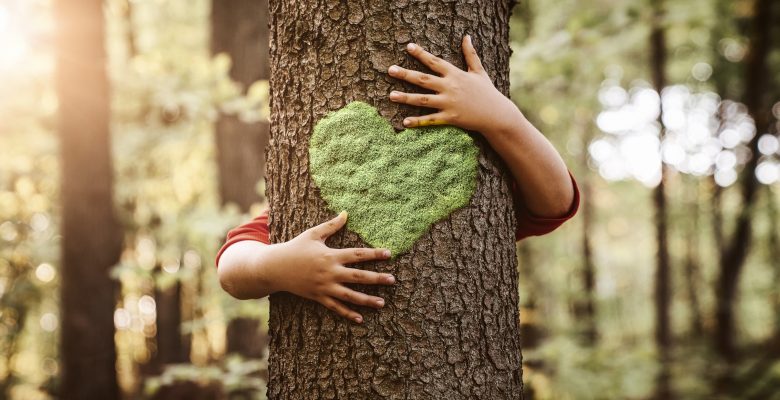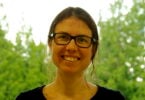When you picture a calming, stress-free environment, what do you see? Most likely, you aren’t envisioning pavement.
Spaces with trees, grass, and other vegetation types are thought to reduce stress in many ways, from enhancing attention and encouraging physical activity and social contact, to mitigating air pollution and heat. But does the type of vegetation make a difference? Does a grassy field have the same positive associations for childhood health outcomes as a treed area? PhD candidate Ingrid Jarvis, who is part of a larger federally funded (CIHR) project called Born to be Wise, wanted to know.

“We know that health and development in early life is a strong predictor for health across the life course, so understanding the benefits of natural environments on human health early on is really important”, says Ingrid, whose research explores the relationship between natural environments and human health environments across the lifespan, from early life to adulthood, and explores how greenspace can offer benefits.
So, what did Jarvis find?
“We discovered through this research that the positive association may be stronger for trees than grass,” she said. “Trees may directly remove or act as a barrier to displace air and noise pollution, which can have adverse effects on children’s health. These include stress, disturbances to sleep, and damage to the central nervous system.”
Planting a healthier start
Jarvis’s study analyzed data from nearly 30,000 children in Metro Vancouver born between 2000 and 2005. Their development was measured using the Early Development Instrument (EDI), a standardized tool used by kindergarten teachers in the second half of the school year to measure children’s ability to meet age-appropriate developmental expectations such as emotional maturity and communication skills.
The environment surrounding the residential areas throughout the Lower Mainland was assessed using a high spatial resolution land cover map that was linked to children via postal codes. Then, the associations between land cover classes and early childhood development were analyzed.
This research built on earlier findings that children who were exposed to more vegetation within a 250-metre buffer zone around their postal code had a stronger likelihood of better developmental outcomes in kindergarten.
Research impacting city planning
Every day, city planners must make choices about what types of greenspaces are protected or implemented in different settings. But few studies have moved past the idea that vegetation is good and paved surfaces are bad to investigate the health associations related to distinct vegetation types. This is what makes Ingrid’s work so important – if cities plan to include greenspace without consideration of what type is most beneficial, they may not choose the best planning solution to help improve the health of current and future residents.
Given these findings, should parents of young children be concerned if they don’t live near a treed park? Ingrid says no. “Think about your daily exposure, nature doesn’t just exist in parks. There are so many beneficial settings to connect with nature like community gardens, sidewalk foliage, backyards, tree-lined streets, and more.” It can be as simple as making a few adjustments to a daily routine, such as choosing a different route to school with your child that incorporates more of nature.
Growing support: A trans-disciplinary approach
Mentored by Dr. Mieke Koehoorn, a CHÉOS scientist and a professor at UBC’s School of Population and Public Health, Ingrid’s program of research was informed by committee members spanning population health, forestry, epidemiology and public health.

“Because I am not a student of public health, it’s been incredibly valuable to have Dr. Koehoorn as a mentor. From the methodology to how to communicate and share my findings, Dr. Koehoorn and the rest of my committee provided invaluable input from their own areas of expertise.”
“The result of this research is transformative,” says Dr. Koehoorn, a CHÉOS scientist and a professor at UBC’s School of Population and Public Health. “Ingrid’s findings add to our understanding of how green space impacts the health of populations across the life span and also informs specific recommendations for creating green spaces that maximize and protect health.”





